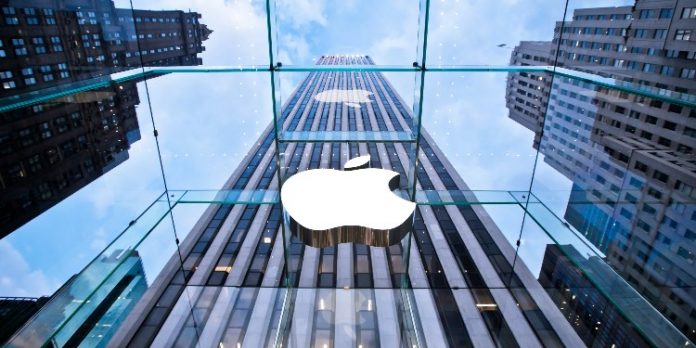Apple on Tuesday introduced its first microprocessor for Mac computers, called the M1, a move that will tie its Macs and iPhones closer together technologically.
The change of chips will mark a move away from Intel Corp technology that has driven the electronic brains of Mac computers for nearly 15 years.
The change will be a boon for Apple computers, whose sales are overshadowed by its iPhone but still total tens of billions of dollars per year. Apple hopes developers now will create families of apps that work on both computers and phones.
Apple said in June that it would begin outfitting Macs with its own chips, building on its decade-long history of designing processors for its iPhones, iPads, and Apple Watches.
Apple’s phone chips draw on computing architecture technology from Arm and manufactured by outside partners such as Taiwan Semiconductor Manufacturing, or TSMC.
Power efficiency – that is, getting the most computing done per watt of energy consumed – is one of Apple’s key aims.
Microsoft and Qualcomm have been working together for four years to bring Arm-based Windows laptops to market, with major makers such as Lenovo Group, Asustek Computer, and Samsung Electronics offering machines.
But for both Microsoft and Apple, the true test will be software developers. Apple is hoping that the massive group of iPhone developers will embrace the new Macs, which will share a common 64-bit Arm computing architecture with the iPhone and be able to use similar apps.
In the meantime, Apple has seen a boom in Mac sales due to the coronavirus pandemic, notching record fiscal fourth quarter Mac sales of $9 billion earlier this month – all of them Intel-based. In June, Chief Executive Tim Cook said Apple will continue to support those devices for “years to come” but did not specify an end-of-life date.
(Reporting by Stephen Nellis in San Franicsco and Peter Henderson in Oakland; Editing by Aurora Ellis and Rosalba O’Brien)











